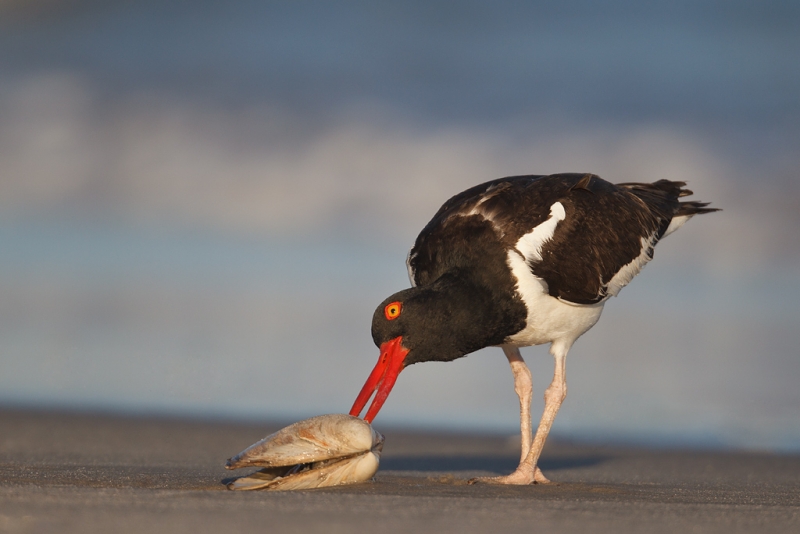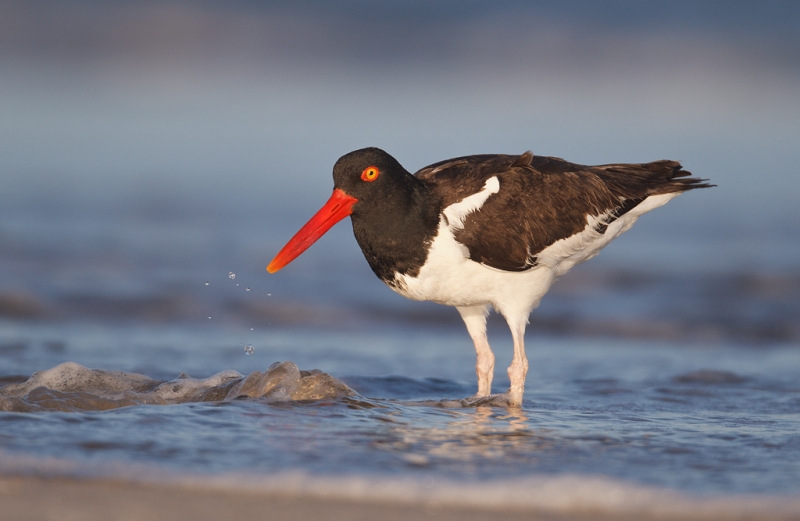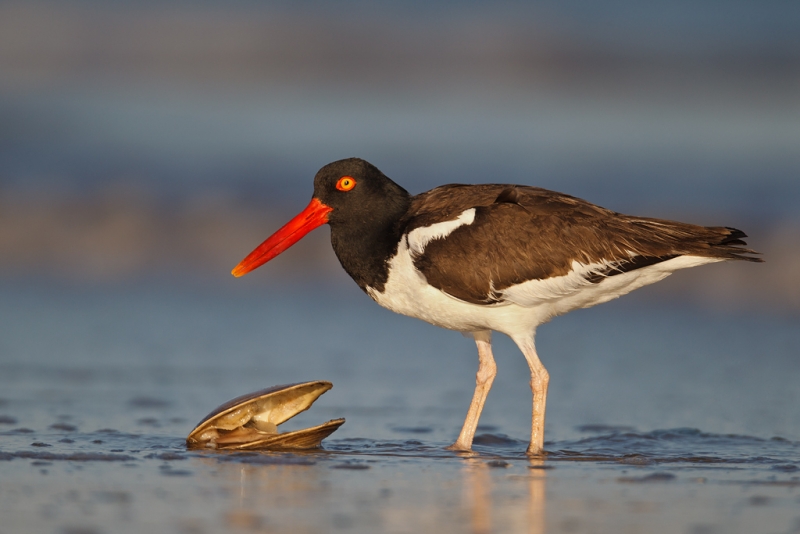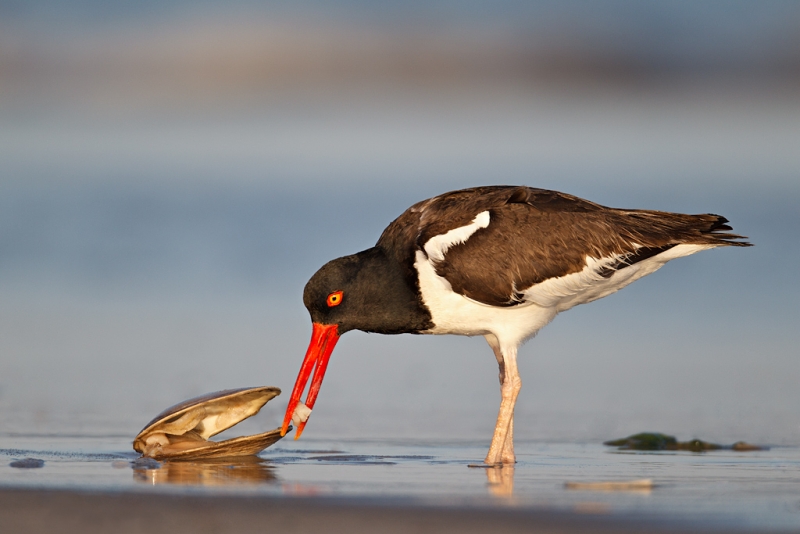You Be the Judge: Action
It’s not too late to vote on the great images in the Action category of the BAA 1ST International Bird Photography Competition. Click here to take part in the fun and learning.
New York City Weekend Nature Photography Seminar December 8-9, 2012
Details for this great weekend seminar are available here. Do consider joining Denise Ippolito and me for a great learning experience. Do click on the link to see many of Denise’s incredible tree and flower images. Camera club discounts available; see the details at the link.
5D Mark III Guide Pre-publication Version Still Discounted
Click here for details. When the guide is complete it will sell for $50. Folks who purchase now will receive the final version and any updates for no additional charge so ordering now is a win-win proposition. If you click on the link above you will see that the list of items not yet covered continues to shrink….
I spent the better part of Tuesday and today working on the 5D III UG; when I am done, the price goes to $50. Buy now to save! The more I study this camera the more I learn how complex it is. Rudy Winston at Canon has been a huge help as has Denise Ippolito who helped me with the section on Multiple Exposures. I still have some work to do.
Nickerson Beach/JBWR Photo-Tour August 15-17, 2012: Only 1 slot left!
Nickerson Beach/JBWR Photo-Tour August 15-17, 2012: $999. Co-leader: Denise Ippolito. Introductory slide program: Tuesday August 14 at 7pm. Limit 8/Openings:1.
This photo-tour is almost sold out. But with two great leaders each with tons of experience at this site and the promise to learn a ton of great Photoshop stuff it does make a lot of sense.
For more info and a collection of images click here.
|
This image of an adult American Oystercatcher cutting one of the surf clam’s two adductor muscles was created at Nickerson Beach, Long Island, NY with the tripod-mounted Canon 800mm f/5.L IS lens, the 1.4X III TC, and the Canon EOS-1D Mark IV. ISO 400. Evaluative metering +1/3 stop: 1/1000 sec. at f/8 in Manual mode. Central sensor (by necessity) on the bird’s neck/AI Servo/Rear Focus AF active at the moment of exposure. Click here if you missed the Rear Focus Tutorial. Click on the image for a larger version. With the long effective focal length being seated behind my lowered tripod made it seem as if I were right on the ground. This image was created precisely at 7:14:04pm. Let’s call this one “Opening the Clam.” |
When the Stars Line Up; What You Can Do in 22 Seconds
When I posted the last image that appears below in a recent blog post here, I promised to post the other three keepers from that series. Regular readers have heard me say often, “I don’t–as a general rule–make a lot of images, but when everything lines up just right I will hold the shutter button down or at least take a lengthy sequence of images. The four images here were selected as keepers in BreezeBrowswer from a 16 frame sequence that was created in twenty-two seconds. Note that at some point in the sequence I had time to change the shutter speed from 1/1000 sec. to 1/800 sec.
|
This image of an adult American Oystercatcher was created at Nickerson Beach, Long Island, NY with the tripod-mounted Canon 800mm f/5.L IS lens, the 1.4X III TC, and the Canon EOS-1D Mark IV. ISO 400. Evaluative metering +1/3 stop: 1/1000 sec. at f/8 in Manual mode. Central sensor (by necessity) on the bird’s neck/AI Servo/Rear Focus AF active at the moment of exposure. Click here if you missed the Rear Focus Tutorial. Click on the image for a larger version. This image was created precisely at 7:14:08pm, just four one hundredths of a second after the preceding image. Let’s call this one “Wave Washes Over the Clam.” |
Note that in the 22 seconds that it took to create the 4 images presented here that the subject-to-imaging-sensor orientation changed quite a bit from frame to frame.
|
This image of an adult American Oystercatcher was created at Nickerson Beach, Long Island, NY with the tripod-mounted Canon 800mm f/5.L IS lens, the 1.4X III TC, and the Canon EOS-1D Mark IV. ISO 400. Evaluative metering +1/3 stop: 1/800 sec. at f/8 in Manual mode. Central sensor (by necessity) on the bird’s neck/AI Servo/Rear Focus AF active at the moment of exposure. Click here if you missed the Rear Focus Tutorial. Click on the image for a larger version. This image was created precisely at 7:14:18pm. Let’s refer to this one as “Proud of My Accomplishment.” |
Note in the image immediately above that the breaking wave has covered the narrow wedge of sand that we see in images 2 and 4.
|
This image of an adult American Oystercatcher dining on a surf clam was created at Nickerson Beach, Long Island, NY with the tripod-mounted Canon 800mm f/5.L IS lens, the 1.4X III TC, and the Canon EOS-1D Mark IV. ISO 400. Evaluative metering +1/3 stop: 1/800 sec. at f/8 in Manual mode. Central sensor (by necessity) on the bird’s neck/AI Servo/Rear Focus AF active at the moment of exposure. Click here if you missed the Rear Focus Tutorial. Click on the image for a larger version. This image was created precisely at 7:14:26pm. Let’s go with “Just Dessert” for this image. |
Note that the patterns and colors in the background are different in each image, a function of the relatively distant breaking waves.
Which Do You Like Best?
Take a moment to leave a comment and let us know which of the four images you like best and why. Or, let us know if you prefer the whole sequence to any one image. And why for that too.
Math Question
From the information presented here can anyone know for sure if I was holding the shutter button down or if I was being selective?
Shopper’s Guide.
Support both the Bulletins and the Blog by making all your B & H purchases here.
Below is a list of the gear talked about in this blog post. Thanks a stack to all who have used the Shopper’s Guide links to purchase their gear as a thank you for all the free information that we bring you on the Blog and in the Bulletins. Before you purchase anything be sure to check out the advice in our Shopper’s Guide.
Canon 800mm f/5.6L IS lens. Right now this is my all time favorite super-telephoto lens.
Canon EF 1.4X III TC. This new TC is designed to work best with the new Series II super-telephoto lenses.
Canon EOS-1D Mark IV professional digital camera body. The very best professional digital camera body that I have ever used.
And from the BAA On-line Store:
LensCoats. I have a LensCoat on each of my big lenses to protect them from nicks and thus increase their re-sales value. All my big lens LensCoat stuff is in Hardwood Snow pattern.
LegCoat Tripod Leg Covers. I have four tripods active and each has a Hardwood Snow LegCoat on it to help prevent further damage to my tender shoulders 🙂 And you will love them in mega-cold weather….
GT3532 LS. This one replaces the GT3530LS Tripod and will last you a lifetime. I’ll be commenting on this new model soon. In short, I like it.
Mongoose M3.6 Tripod Head. Right now this is the best tripod head around for use with lenses that weigh less than 9 pounds. For heavier lenses, check out the Wimberley V2 head.
CR-80 Replacement Foot for Canon 800. When using the 800 on a Mongoose as I do, replacing the lens foot with this accessory lets the lens sit like a dog whether pointed up or down and prevents wind-blown spinning of your lens on breezy days by centering the lens directly over the tripod.
Double Bubble Level. You will find one in my camera’s hot shoe whenever I am not using flash.
The Lens Align Mark II. I use the Lens Align Mark II pretty much religiously to micro-adjust all of my gear an average of once a month and always before a major trip. Enjoy our free comprehensive tutorial here.
BreezeBrowser. I do not see how any digital photographer can exist without this program.


















Definitely the last picture because we can see the bird with clam in its mouth. I like the color in #3 best other than the gray stripe behind the bird.
For your Math Q I am with Marina.
My vote is to third image…Love the calm water, Low angle, Layered BG and perfect HA.
That finished Clam shell takes it to another level.
3 is the most beautiful and the last one tells a better story. I would say a few short bursts based upon what I am seeing.
About the math…Very hard to tell for sure as there is several seconds between each image posted. The 1DMIV can shoot alot more than 16 images in 22 seconds but you could have done some “short bursts” of high frame shooting rather than holding it down the entire time. So my guess is you had to be at least somewhat selective. (Very nice images BTW)
I agree with MJ. The last one is the most intriguing and tells the whole story. I like the diagonal composition best too.
i like the first one because it best shows the bird’s behavior. the others are really good, but I find myself drawn to the image of the bird as it struggles to open the shell. if each of the others are viewed individually, it’s not apparent that the bird didn’t happen onto the clam, while the first gets the bird working to secure the food.
The third one for me is the best one : head angle, no sand, great light thus saturated colors, and the open clam is a true plus : as if we were going to find a real nice pearl…
Thanks for sharing!
Did you do any clean up to the first 3 images?
Just a bit; nothing as extensive as was done with “Just Dessert.”
I think that the last one tells the whole story, MJ
I like Just Dessert because of the background and the piece of clam. The bird seems to pop better for me, just a little bit, in this one.
Brilliant, my favourite is the last image “Just Dessert” 7:14:26pm. together they tell a story though 🙂
My vote is for the first one because of the head angle.
I’m gonna say you were being selective when you changed the shutter speed.
The head angle in the first image is actually the worst of the lot but it is the most interesting behavior-wise.
Fascinating object lesson, that’s for sure…lovely oystercatcher/shell captures as well…someday, someday I shall spend time with these magnificent birds. Probably my heart will break; I get pretty emotional over certain species, who knows why?
I like the first one because of the action that the bird has in the frame.
Nice images! I think the first one is the prizewinner. They all make me hungry, I love fresh clams…
David